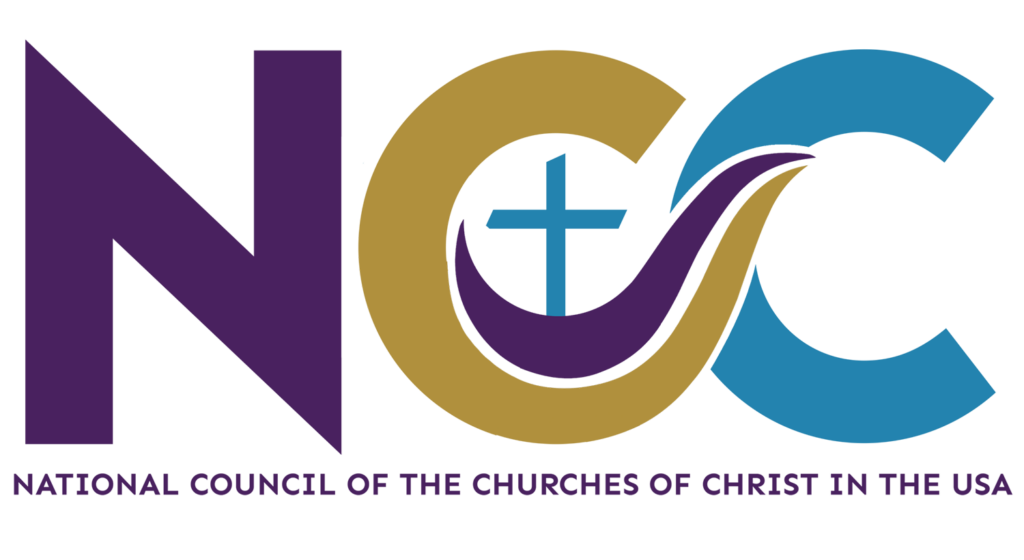
Three years ago I participated in a delegation assembled by Clergy Beyond Borders, a US-based group that teaches clergy how to build relationships with those of other faiths. The topic for the delegation was religious freedom, and the destination was Jordan. The delegation consisted of Christian and Muslim leaders from the US: We wanted to learn the secrets of Jordanian society, which had somehow managed to maintain a harmonious balance between its Muslim majority and its various religious, including Christian, minorities.
We obtained a meeting that was to be with King Abdullah himself, an exciting prospect for all of us on the trip. Black limousines staffed by drivers in military uniforms arrived at our hotel to take us to the Royal Palaces in Amman. Upon arriving, we were greeted by pristine surroundings, legendary Arab hospitality, and the news that the King had been called away because of a diplomatic emergency in Libya. The meeting would go forward, but with a member of the King’s staff.
When we asked King Abdullah’s top advisor to describe what was putting pressure on Jordan’s legendary religious tolerance and pluralism, he simply answered, “The refugees.”
Jordan’s population is tiny. The Jordan Times recently reported the number at 9.5 million, a nation with a population similar to that of the city of Chicago. But this number has increased by 44% in the past few years due to the presence of 2.9 million refugees from wars in Syria and Iraq. This influx of “guests,” as the Jordanians so graciously call the refugees, has resulted in pressure on nearly every level of society. Housing prices in Amman rose 15% in 2015, the blame for which appears to lie with the increased demand for housing driven by the influx of guests with family and business connections there.

Anti-immigrant sentiment has driven political turmoil in Germany, propelled Brexit, and has been a centerpiece of political races in the US. But in Amman, finding visible evidence of such sentiment is difficult. At the epicenter of the global refugee crisis, Christian churches and Muslim mosques continue to exist side by side, and one’s religion remains largely a private matter. How can this be?
Even in pluralistic Jordan, things are not quite as they used to be. Father Nabil Haddad, the founder of The Jordanian Interfaith Coexistence Research Center, remembers a time when he felt the atmosphere change. It was when a plane took off from Paris, France, carrying Ayatollah Khomeini back to Iran. For the first time in his memory, he says, people began to speak of an Islamic Revolution.
Anecdotal as it may be, Fr. Nabil’s recollection may hint at the fact that the divisive spirit that runs throughout societies may be older than Facebook and might even predate 9/11 and the Iraq war. It is, however, tied not only to the turn of events in Iran many years ago, but also to American and other imperial actions in the region.
It is hard to measure the impact of such sweeping changes on a society, but through the centuries, the world’s most pressing problems have come as a result of mass migration of populations. To create the conditions for such migrations, either by war, politics, or climate change, is to unleash collateral effects on neighbors far and wide. By all measures, Jordan should be a nation on the brink.

But a visitor or pilgrim to Amman, Petra, Wadi Rum, or any of Jordan’s holy sites can barely feel it. There is no visible presence of tension. There are no throngs of police or military personnel. It’s a far cry from what one might see in Jerusalem, a city full of soldiers, checkpoints, and tension. With almost one person out of every three a refugee from war, Jordan should not be the country that it is.
Perhaps the key is the Arab lifestyle of hospitality, tolerance, and respect. This may be a notable example of how religious values have shaped a culture that can handle such challenges.
I find Jordan to be an intriguing place. Its fascination goes far beyond the resorts of the Dead Sea and the beautiful, ancient facades carved into the red sandstone of Petra. Its power lies in its people, who somehow have not lost their humanity, even when surrounded by such inhumanity.
(Note: NCC Director of Communications and Development Rev. Steven D. Martin participated in an ecumenical study tour of Jordan’s holy sites. Photos, plus a few words, are shared in this space.)
